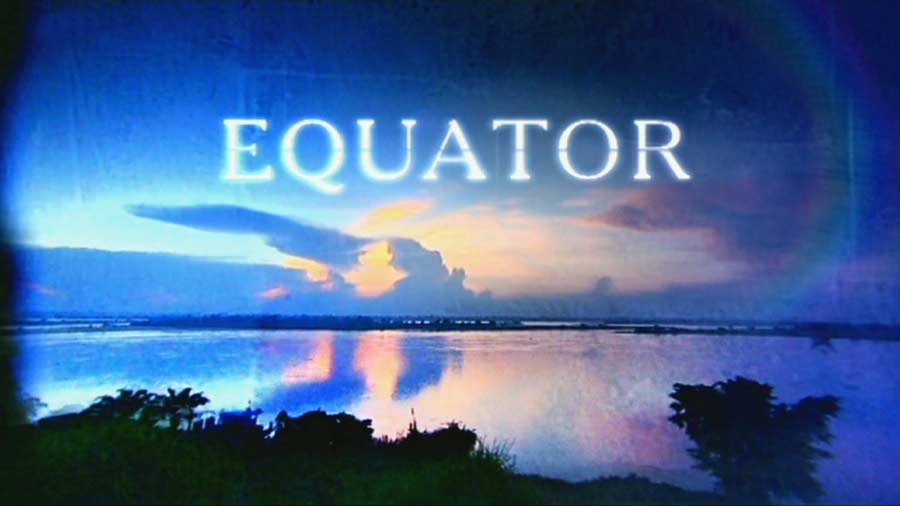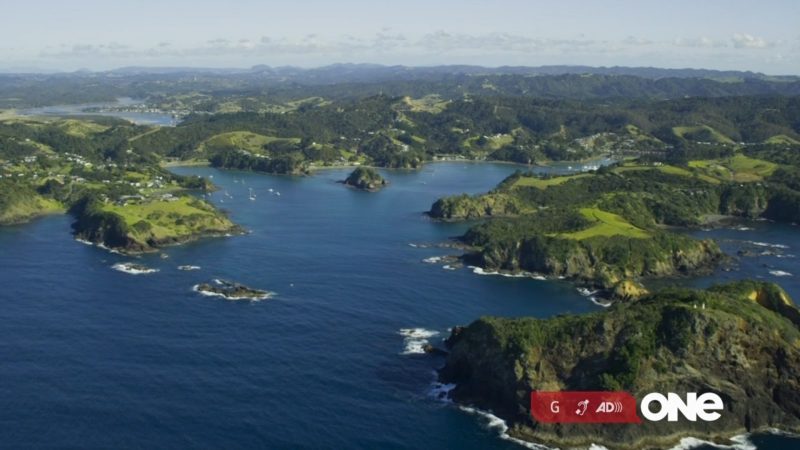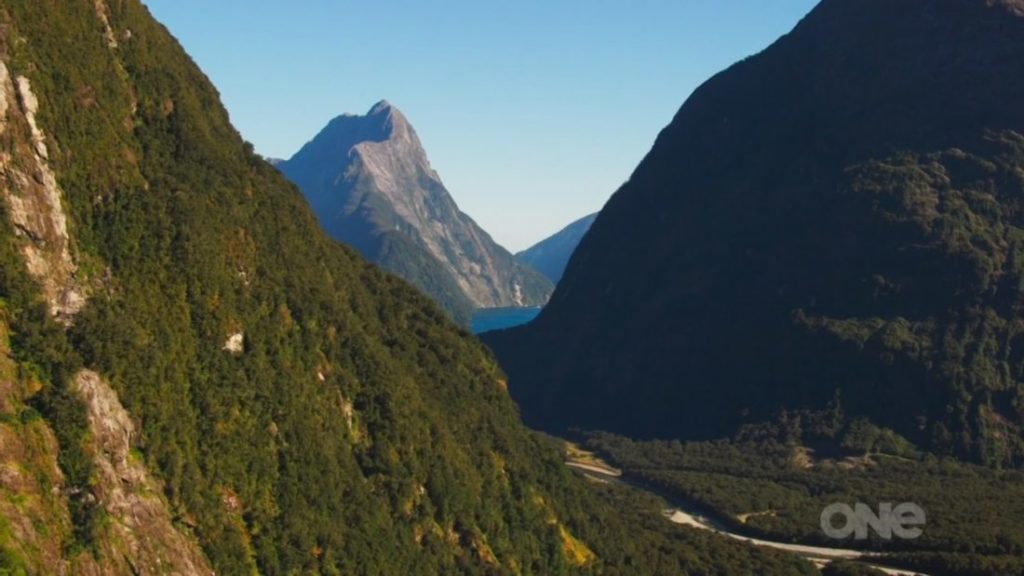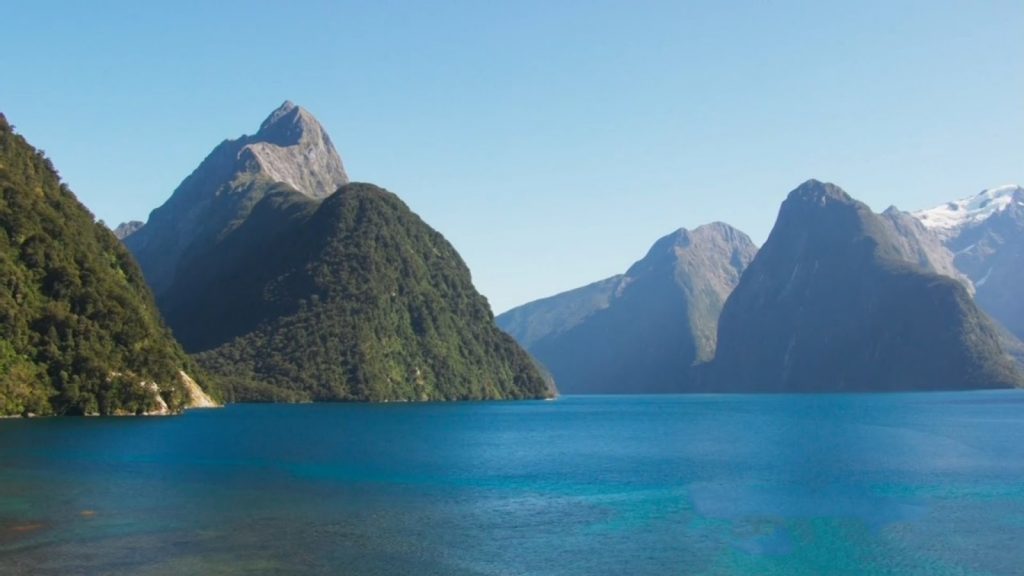Equator with Simon Reeve episode 1: Simon Reeve journeys 25,000 miles, trekking through rainforests, climbing active volcanoes and travelling through war zones on his way around the equator.
He catches malaria in Gabon and struggles on through the war-ravaged Democratic Republic of Congo, goes rafting on the source of the Nile and witnesses a bullfight in Kenya. His journey ends in the desert on the Somalian border where thousands of refugees have escaped the fighting in their homeland.
Equator with Simon Reeve episode 1
On Earth, the equator is about 40,075 km (24,901 mi) long, of which 78.8% lies across water and 21.3% over land. Indonesia is the country straddling the greatest length of the equatorial line across both land and sea.
The latitude of the Earth’s equator is, by definition, 0° (zero degrees) of arc. The equator is one of the five notable circles of latitude on Earth; the other four are both polar circles (the Arctic Circle and the Antarctic Circle) and both tropical circles (the Tropic of Cancer and the Tropic of Capricorn). The equator is the only line of latitude which is also a great circle—that is, one whose plane passes through the center of the globe. The plane of Earth’s equator, when projected outwards to the celestial sphere, defines the celestial equator.
In the cycle of Earth’s seasons, the equatorial plane runs through the Sun twice per year: on the equinoxes in March and September. To a person on Earth, the Sun appears to travel above the equator (or along the celestial equator) at these times. Light rays from the Sun’s center are perpendicular to Earth’s surface at the point of solar noon on the equator.
Locations on the equator experience the shortest sunrises and sunsets because the Sun’s daily path is nearly perpendicular to the horizon for most of the year. The length of daylight (sunrise to sunset) is almost constant throughout the year; it is about 14 minutes longer than nighttime due to atmospheric refraction and the fact that sunrise begins (or sunset ends) as the upper limb, not the center, of the Sun’s disk contacts the horizon.




